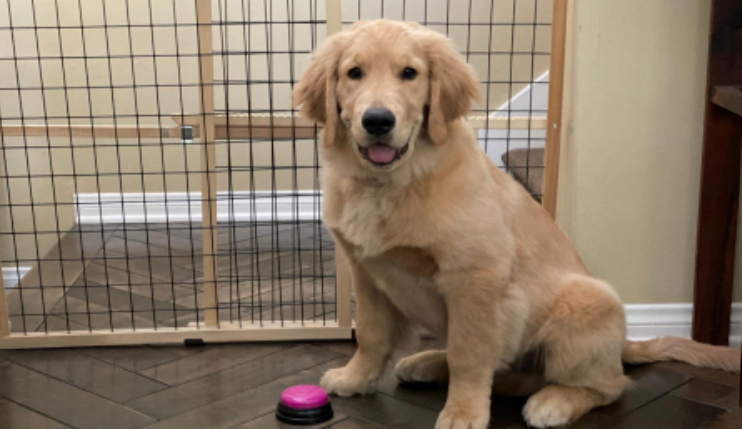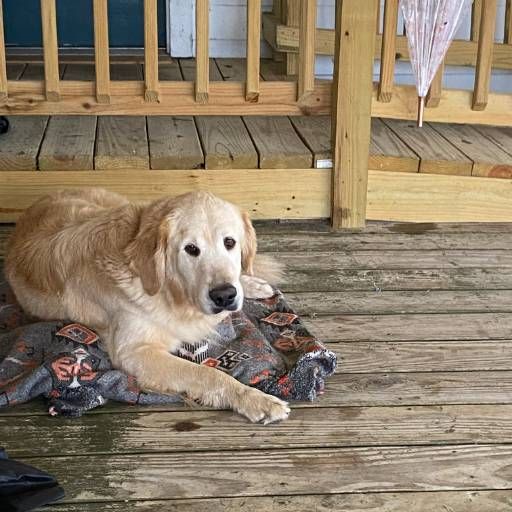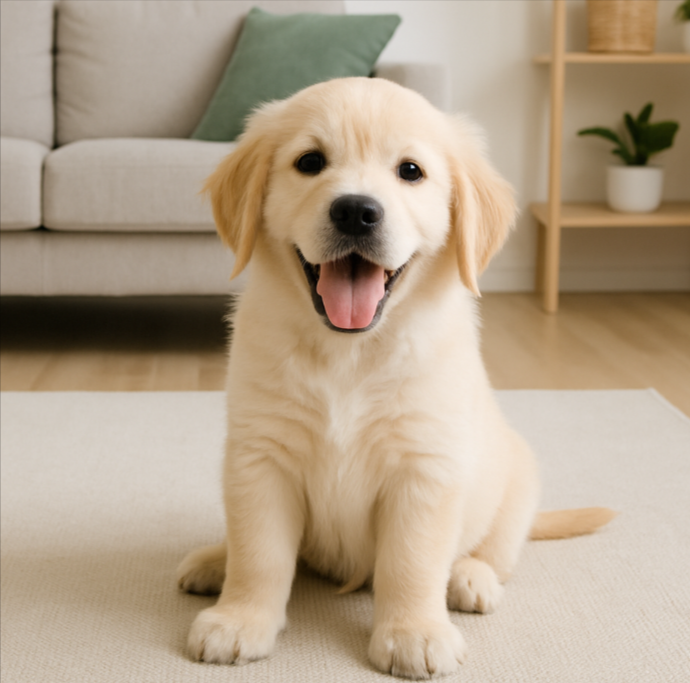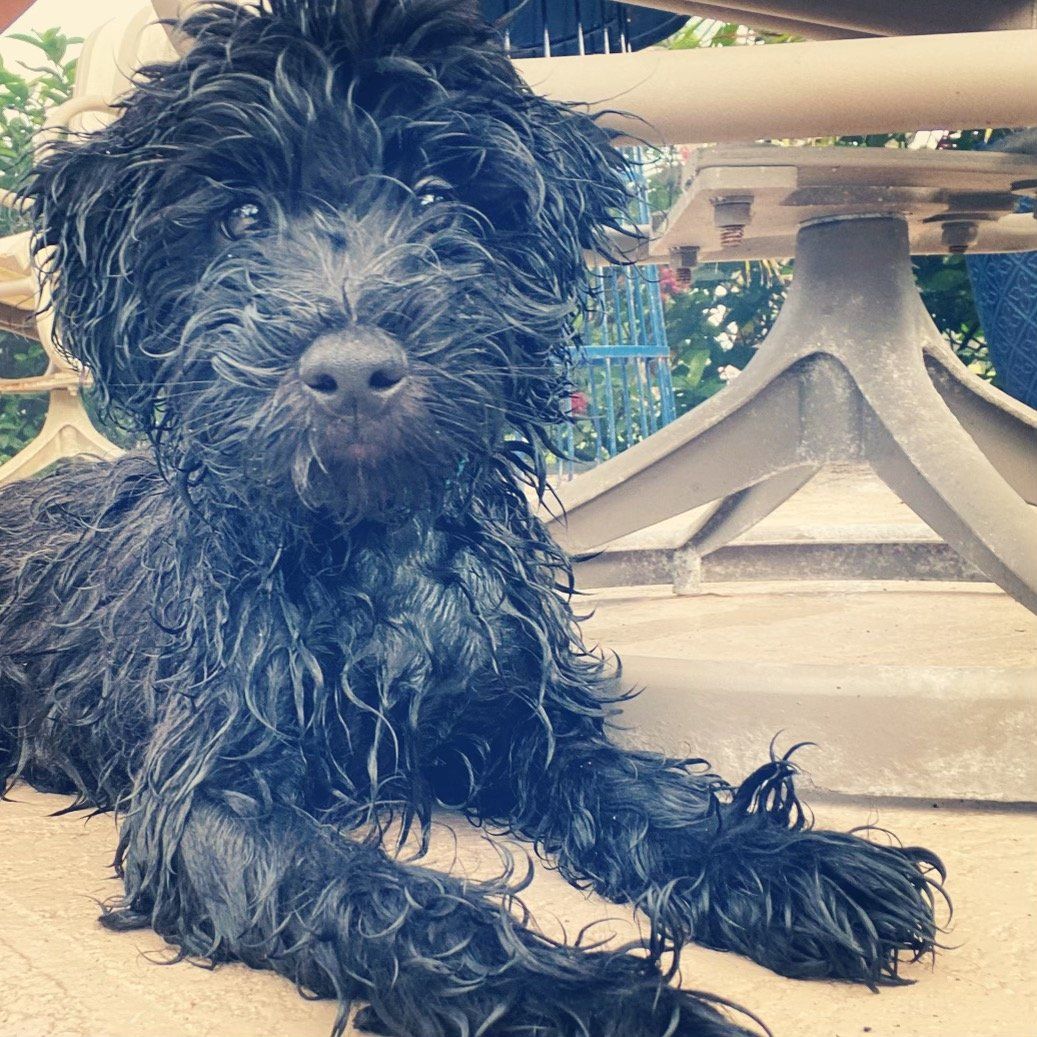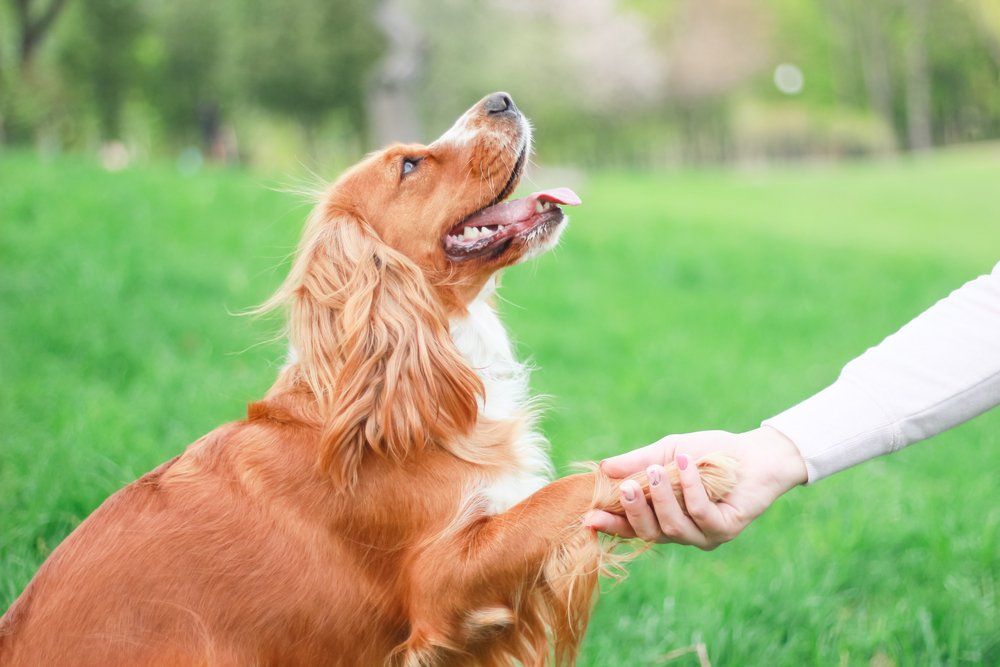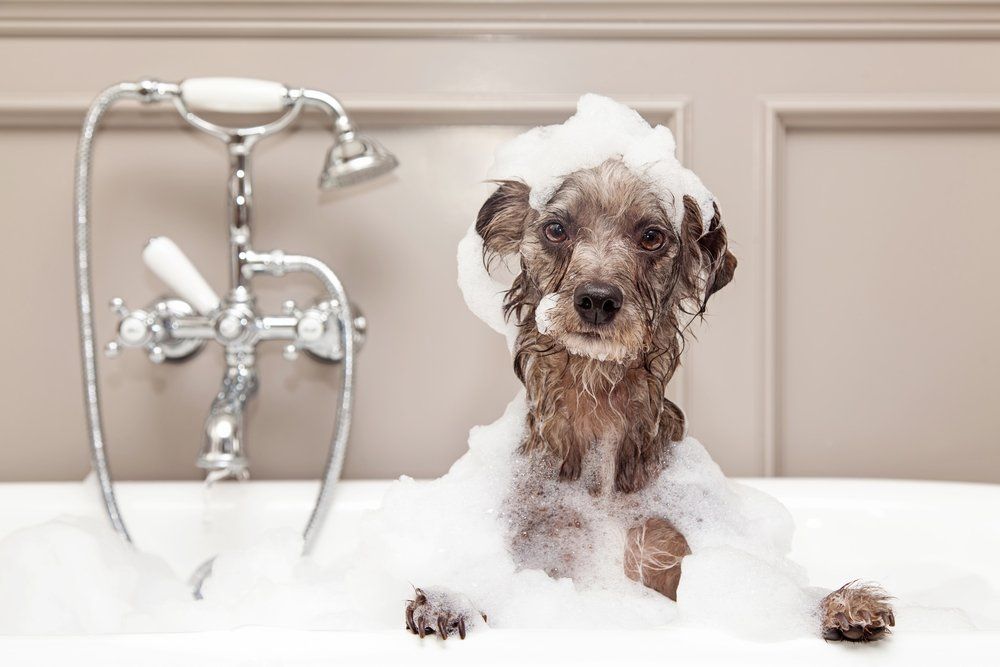October 2, 2025
Training your own service dog is a rewarding journey. It requires dedication, patience, and a deep understanding of dog training techniques. Many people wonder if they can train their own service dog. The answer is yes, but it involves a significant commitment. Service dogs perform tasks to assist individuals with disabilities. They must be well-trained and reliable in various environments. Not all dogs are suitable for this role, so choosing the right dog is crucial. This guide will explore the steps and considerations involved in service dog training. We'll cover essential techniques, legal aspects, and tips for success. Whether you're a dog owner or training enthusiast, this article will provide valuable insights. What Is a Service Dog and Who Needs One? A service dog is specially trained to perform tasks that assist individuals with disabilities. Their role is crucial in enhancing the quality of life for their handlers. Service dogs are required to perform at a minimum two tasks to aid their handler. Service dogs can guide those with visual impairments or alert deaf individuals to sounds. They can also assist with physical tasks, providing mobility support to those with physical disabilities. Service dogs might aid with psychiatric tasks by detecting anxiety attacks. People with various disabilities benefit from service dogs. Some include individuals with: ● Visual impairments ● Hearing impairments ● Physical disabilities ● Psychiatric conditions ● Invisible disabilities ● Rare conditions ● Diabetics The tasks these dogs perform allow their handlers more independence in daily life. It's important to understand the specific needs of the individual to tailor the training accordingly. The bond between a service dog and handler is built on trust and mutual respect, ensuring a successful partnership. Service Dog vs. Therapy Dog: Key Differences While both service and therapy dogs are beneficial, they serve different roles. Understanding these differences is crucial for selecting the right type of assistance. Service dogs are trained to perform specific tasks for individuals with disabilities. These tasks help mitigate their handler's disability and support daily functioning. Service dogs accompany their handlers everywhere, including public spaces, under the ADA. Therapy dogs, on the other hand, are not service animals. They provide comfort and emotional support, often in settings like hospitals or schools. Their primary role is to improve emotional well-being rather than perform task-specific assistance. Key Differences: ● Service dogs perform specific tasks. ● Therapy dogs offer comfort and emotional support. ● Service dogs have broader access rights under the ADA. ● Therapy dogs volunteer in community settings, not for a specific handler. ● Service dogs are required to perform 2 specific tasks to their handler’s disability. ● Tasks training can range from using an emergency phone to finding medication. These distinctions guide both the training and the expectations of these working dogs. Can You Train Your Own Service Dog? Legal and Practical Considerations Training your own service dog is entirely possible and legally supported. The Americans with Disabilities Act (ADA) a llows individuals to train their service dogs independently. This flexibility can be beneficial for those who prefer a personal approach. Most trainers like 300 hours of training in a public setting to assure the dog’s ability to train under any stressful or unanticipated situation. However, this task requires considerable dedication, time, and expertise. Not all dogs possess the qualities necessary for service work. Therefore, it's vital to evaluate your dog's temperament and health before proceeding. Before starting, familiarize yourself with legal requirements and rights in your state. Knowing these can help prevent access issues in public settings. The laws differ from state to state. “The work or task a dog has been trained to provide must be directly related to the person’s disability. Dogs whose sole function is to provide comfort or emotional support do not qualify as service animals under the ADA.” (ADA Requirements February 28, 2020) Considerations for Owner-Training: ● Ensure your dog can perform disability-mitigating tasks. ● Research ADA requirements and local laws. ● Assess your dog's temperament and health. ● Plan for consistent, long-term training efforts. ● Look for an AKC Canine Good Citizen Evaluator ● Pass the AKC Puppy STAR and AKC CGC By understanding these considerations, you can make informed decisions about owner-training a service dog. This knowledge helps in creating a beneficial partnership between you and your dog. Is Your Dog Suitable for Service Dog Training? Before starting service dog training, it's crucial to evaluate your dog's suitability. Not every dog is cut out for this role. A suitable service dog must exhibit a calm temperament. They need to handle stress well and react positively in various environments. Health is also a major factor. A service dog should be in excellent physical condition to perform their duties effectively. Here are key traits to assess: ● Temperament: Calm, focused, and non-aggressive. ● Acceptance of all types of different people, ages, races. ● Willingness to ignore other animals especially other dogs. ● Health: Free from chronic illnesses or debilitating conditions. ● Size and Strength: Capable of performing required tasks. These considerations ensure the dog can meet the demands of service work and support their handler's needs. Essential Dog Training Techniques for Service Dogs Training a service dog involves mastering fundamental skills. These techniques form the backbone of effective service dog training. First, basic obedience is crucial. Your dog must reliably follow commands. Key obedience commands include: ● Sit ● Wait ● Come ● Heel ● Loose Leash Walk ● Touch ● Look ● Down ● Place Next, focus on task-specific training. The dog should perform tasks that mitigate your disability. Identify tasks that will specifically aid your daily life. Positive reinforcement works wonders in training. Reward desired behavior with treats, praise, or play. Consistency is crucial. Stick to routines and commands to reinforce learning. Incorporate socialization into training. Exposure to different environments helps your dog remain calm and focused. Service dogs must adapt to various settings and stimuli effortlessly. Lastly, work on distraction-proofing your dog. Service dogs should focus on tasks amid distractions. Techniques to maintain focus include: ● Gradual exposure to distractions ● Practicing tasks in noisy or busy environments ● Reinforcing focus with rewards These techniques collectively enhance your dog's skills and readiness to serve you effectively. Step-by-Step Guide to Training Your Own Service Dog Training your own service dog is a rewarding journey. It strengthens your bond while empowering you with a capable companion. 1. Evaluate Your Dog's Suitability Not all dogs are fit for service tasks. Assess their temperament, health, and energy levels. Look for dogs that are friendly, eager to learn, and not easily stressed. 2. Begin with Basic Obedience Set a foundation with essential obedience commands. Practice "sit," "stay," "come," and "heel." A solid obedience base is crucial for advanced training. 3. Focus on Service Tasks Identify specific tasks your dog should perform. Tailor training to your unique needs. Common tasks include: ● Guiding the visually impaired ● Alerting to alarms or sounds ● Retrieving essential medical items ● Detecting high or low blood sugar ● Early recognition of migraine headache ● Reminding handler to take medication ● Locating help if someone has fallen or had seizure ● Grounding handler when experiencing PTSD episode ● Finding exit if handler is having anxiety attack ● Keeping space between handler and strangers ● This list can go on and on, we are just naming a few of many 4. Socialization is Key Expose your dog to various environments and people. Ensure they remain calm in public settings. Well-socialized dogs adapt better to different situations. 5. Gradually Introduce Task Training Begin incorporating task-specific training slowly. Break each task into manageable steps. Celebrate small victories as your dog progresses. 6. Public Access Training Ensure your dog behaves well in public. Practice in places like stores, parks, or transport systems. This exposure ensures readiness in real-world scenarios. The Public Access Test can be taken but an approved evaluator. 7. Regular Evaluation Monitor progress frequently. Adjust your techniques as needed. If a strategy isn't working, don't hesitate to try another approach. 8. Seek Support When Needed If challenges arise, consider professional guidance. Experienced trainers can provide valuable tips and support. Collaboration often leads to better outcomes. By following these steps, you pave the way for a competent and reliable service dog. Each step brings you closer to having a perfectly trained assistant by your side. Socialization and Public Access Training Socialization is essential for service dogs to thrive in varied settings. From a young age, introduce your dog to new people, places, and experiences. This exposure helps them remain calm and focused, even in crowded or noisy environments. Public Access Training ensures your dog behaves appropriately in public places. Practice commands in real-world settings regularly. Aim for consistent behavior, regardless of distractions. Focus on the following elements: ● Calmness in different scenarios ● Ability to ignore distractions ● Appropriate behavior in public Regular outings and varied scenarios bolster confidence and competence. With patience, your dog will become a well-mannered partner capable of assisting you effectively. Common Service Dog Tasks and How to Teach Them Service dogs perform various tasks to aid their handlers. Each task should cater to the specific needs of the handler. Training these tasks requires patience and consistency. Start with simple commands and gradually increase complexity. Use positive reinforcement to encourage desired behaviors. Some tasks involve multiple steps, requiring careful breakdown and practice. Here are common service dog tasks: ● Retrieving objects ● Opening doors ● Turning on lights ● Grounding the handler ● Guiding the visually impaired ● Alerting to specific sounds ● Providing stability or balance Customize training to fit your dog's capabilities and your needs. Regular practice helps reinforce learned behaviors. Celebrate small victories to maintain motivation for both you and your dog. With dedication, your dog can reliably perform important tasks, enhancing your day-to-day life. Tips for Success and When to Seek Professional Help Training a service dog can be demanding yet rewarding. Stay patient and celebrate every progress with your dog. Always be consistent in your training sessions. Maintain a positive attitude, and ensure sessions are fun for both parties. This helps maintain the dog's interest and enthusiasm. Know when to seek professional help if challenges arise. Consider contacting professionals if you encounter: ● Behavioral issues ● Difficulty in teaching complex tasks ● Lack of progress over time ● AKC Puppy STAR and AKC CGC Evaluator Professional trainers offer valuable advice and support. They can guide you through tricky parts of the training process, ensuring continued success and growth. Frequently Asked Questions About Owner-Trained Service Dogs People often have questions about owner-trained service dogs. One common query is about the legality of owner-trained dogs. The ADA allows individuals to train their own service dogs as long as they perform specific tasks that aid the handler. Another question revolves around public access rights. Service dogs, whether professionally or owner-trained, have the same rights under the ADA. Some frequently asked questions include: ● What tasks does the service dog perform? ● Do service dogs need special identification? ● How long does training typically take? ● Do I have to buy a dog from an organization? ● Can I use my own dog? ● What is the best breed for a service dog? Understanding these aspects can help clarify any uncertainties about owner-trained service dogs. Naples Top Dogs can answer any of these questions. Conclusion: Is Training Your Own Service Dog Right for You? Training your own service dog can be a fulfilling journey. It requires patience, dedication, and a deep understanding of your dog's needs. This path is not for everyone, considering the commitment involved. However, for many, the effort strengthens the bond between handler and dog. Weigh the pros and cons carefully before deciding. If it suits your lifestyle and needs, the rewards of an owner-trained service dog can be tremendous. With the right approach, it enhances both your independence and companionship. From pet to partner, we are here for you and your dog, if you need us, along your journey.

